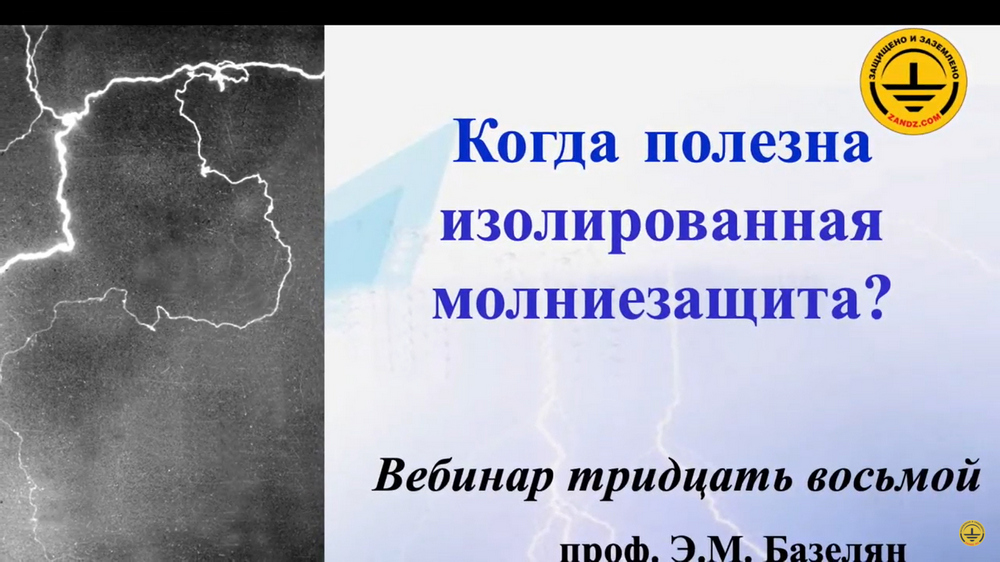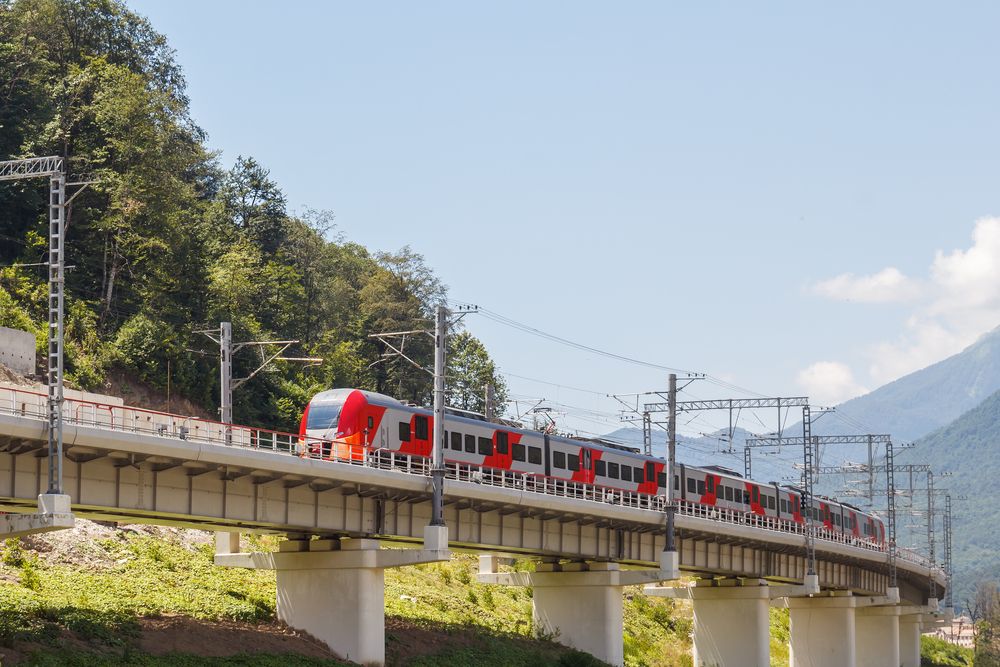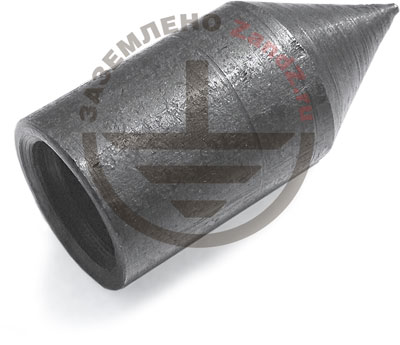Ground currents is a kind of directed motion of particles arising in the ground. They got their name due to an unpredictable route that can pass through water pipes, gas pipes and other engineering equipment in the ground. These currents are also known as "zero", because of the fact that their life goes on in the non-grounded metal structures.
These appear in the presence of a short circuit in electric networks and also due to the formation of the potential difference between the elements located in the ground. The ground, used as conductive medium can be the source of ground currents, as well as broken wire insulation or radio signals from television towers.
The danger of this phenomenon is the appearance of corrosion on metal structures, being totally or partially in the ground: foundations, rails, pipes and so on. Corrosion occurs in areas constantly exposed to currents, which leads to the destruction of the foundation reinforcement, used as ground electrode system.

Corrosion example on metal pipes
To protect an object from ground currents, you must perform the following steps to protect it:
-
Firstly, install grounding. Grounding device consists of two parts: ground electrode (conductive part) and the grounding conductor. Ground electrode system presents itself an inseparable circuit of coppered pins that are put in the ground, and the ground conductor acts as a connector between the conductive object and the ground electrodes, draining this current into the ground. The number of deep ground electrodes, the ways of their connection, are selected on the basis of preliminary calculations. Designers take into account the following parameters: size of the building, specifics of the equipment, safety class, etc. When leakage occurs, the working protective grounding will reduce dangerous voltage, having equalized potential difference by removing the current into a conductive environment.
-
Secondly, hold a regular check of the grounding device. This event is reduced to two stages: measuring of the resistance of the grounding device and check the external condition of one of the ground electrodes.
-
Thirdly, when the problem of ground currents already exists, you must carefully examine the object, find and eliminate their source. If there are no damages at the site of the customer, but ground currents are still present, it is necessary to consider that water pipes and gas pipes can be the reason for their existance. That is why, all metal communication lines should be united into the main potential equalization system.
To summarize: only comprehensive protection and regular upgrading will help to cope with unwanted consequences. Be attentive with the issue of choosing protective grounding, as well as the materials of which it is made. ZANDZ grounding is made of corrosion-resistant material using a special tecnology. Uniform copper coating, the thickness of which ensures lack of cracks, shears and various peelings, is put on the metal rod. This feature provides a service life of up to 100 years and protects against corrosion damage.
Do you have any questions left? Get free advice on grounding and lightning protection now at our technical center!
Related Articles:











